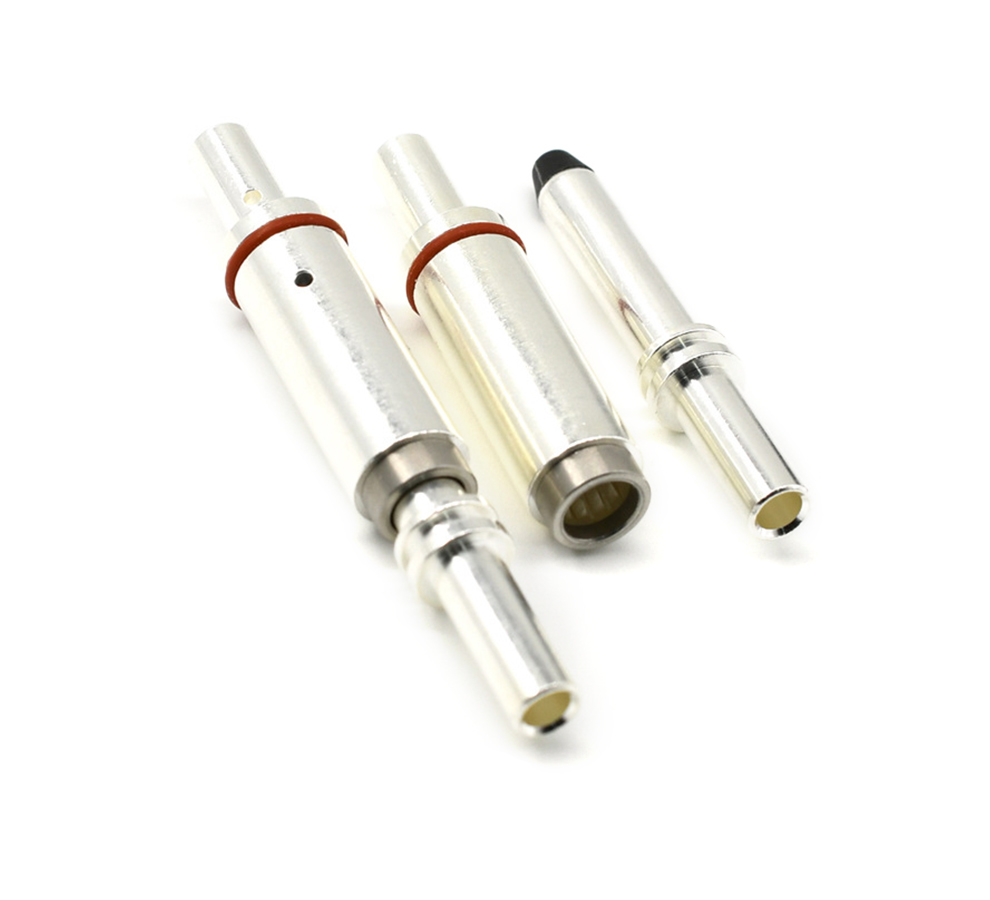Time:2025-06-10 Views:1 source:News

The electroplating industry operates with high currents to deposit thin layers of metal onto various substrates, and high-current probes are indispensable tools in this process. These probes are utilized for several key purposes, including current monitoring, process control, and quality assurance.
In electroplating, the current density plays a crucial role in determining the thickness, uniformity, and quality of the metal coating. High-current probes are used to accurately measure the current flowing through the electroplating bath. By precisely monitoring the current, operators can ensure that the current density remains within the optimal range for the specific electroplating process. For example, in decorative electroplating, where a smooth and aesthetically pleasing finish is desired, accurate current control is essential. If the current density is too high, it can lead to uneven deposition, pitting, or burning of the substrate. On the other hand, if the current density is too low, the plating may be too thin or have poor adhesion. High-current probes enable operators to detect any deviations from the desired current levels promptly and take corrective actions.
The design of high-current probes for electroplating applications is tailored to withstand the corrosive environment of the electroplating bath. The probes are typically made from materials that are resistant to the chemicals present in the bath, such as acids, bases, and metal salts. For instance, some probes may be constructed from special alloys or have protective coatings to prevent corrosion. The contact tips of the probes are designed to make reliable electrical contact with the conductors in the electroplating setup, even in the presence of electrolyte splashing and other contaminants. These contact tips often have a large surface area to minimize contact resistance and ensure efficient current transfer.
Another important aspect of high-current probes in electroplating is their ability to support process control systems. They can be integrated with automated control systems that adjust the power supply to the electroplating bath based on the measured current. This closed-loop control system helps maintain a stable current throughout the electroplating process, regardless of any external factors that may affect the electrical resistance of the bath, such as changes in temperature, electrolyte concentration, or the condition of the electrodes. By providing real-time current data to the control system, high-current probes contribute to the consistent production of high-quality electroplated products.
Furthermore, high-current probes are used for quality assurance purposes in the electroplating industry. They can be employed during routine inspections and testing of electroplating equipment and processes. For example, in a large - scale electroplating facility, periodic checks of the current distribution across multiple plating tanks are carried out using high-current probes. This helps identify any issues with the electrical connections, electrode wear, or electrolyte circulation that could affect the plating quality. In addition, high-current probes can be used to verify the performance of new electroplating formulations or process modifications. By accurately measuring the current and its impact on the plating results, manufacturers can optimize their processes and improve the overall efficiency and quality of their electroplating operations.
Read recommendations:
Pogo Pin Connector for electronic products